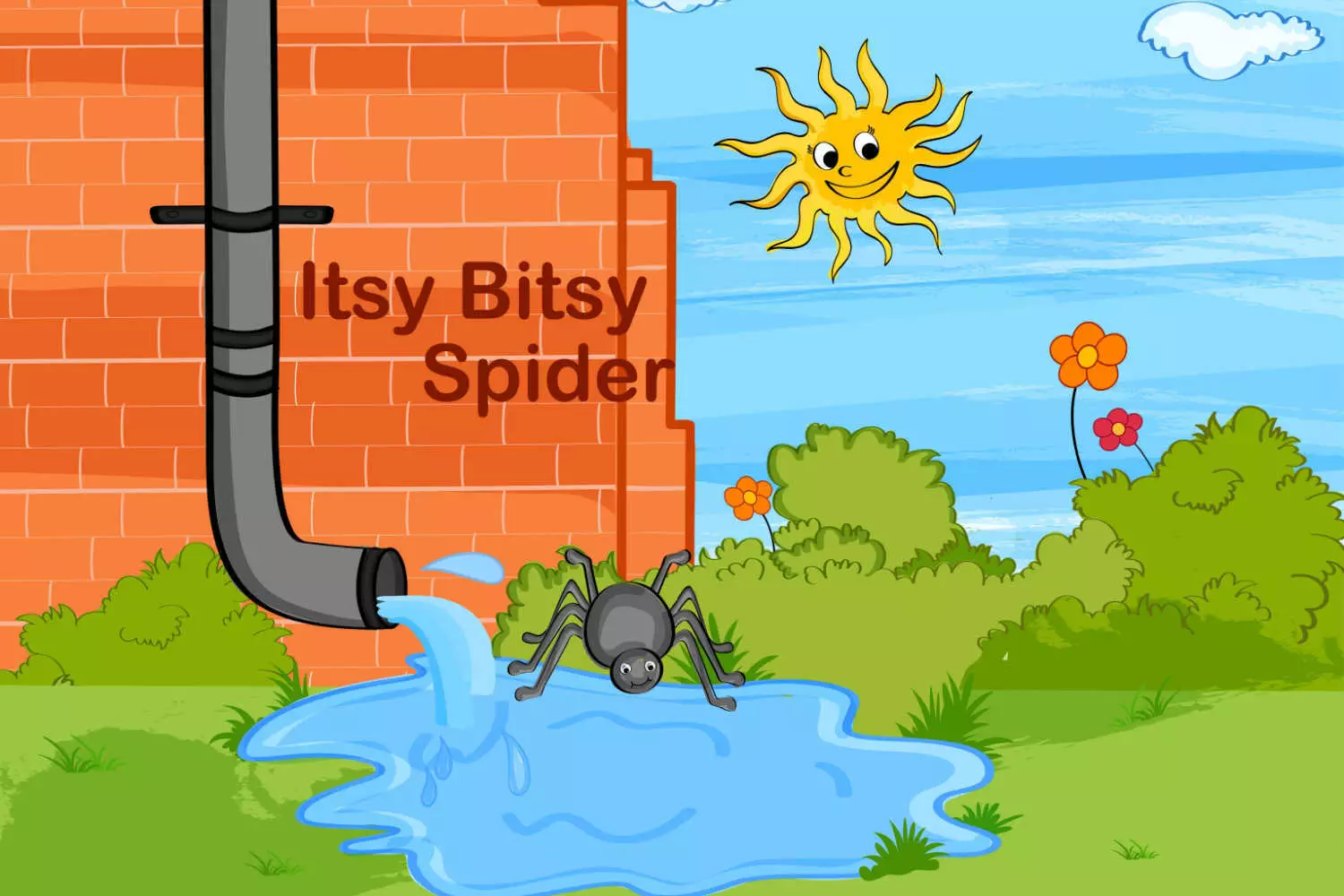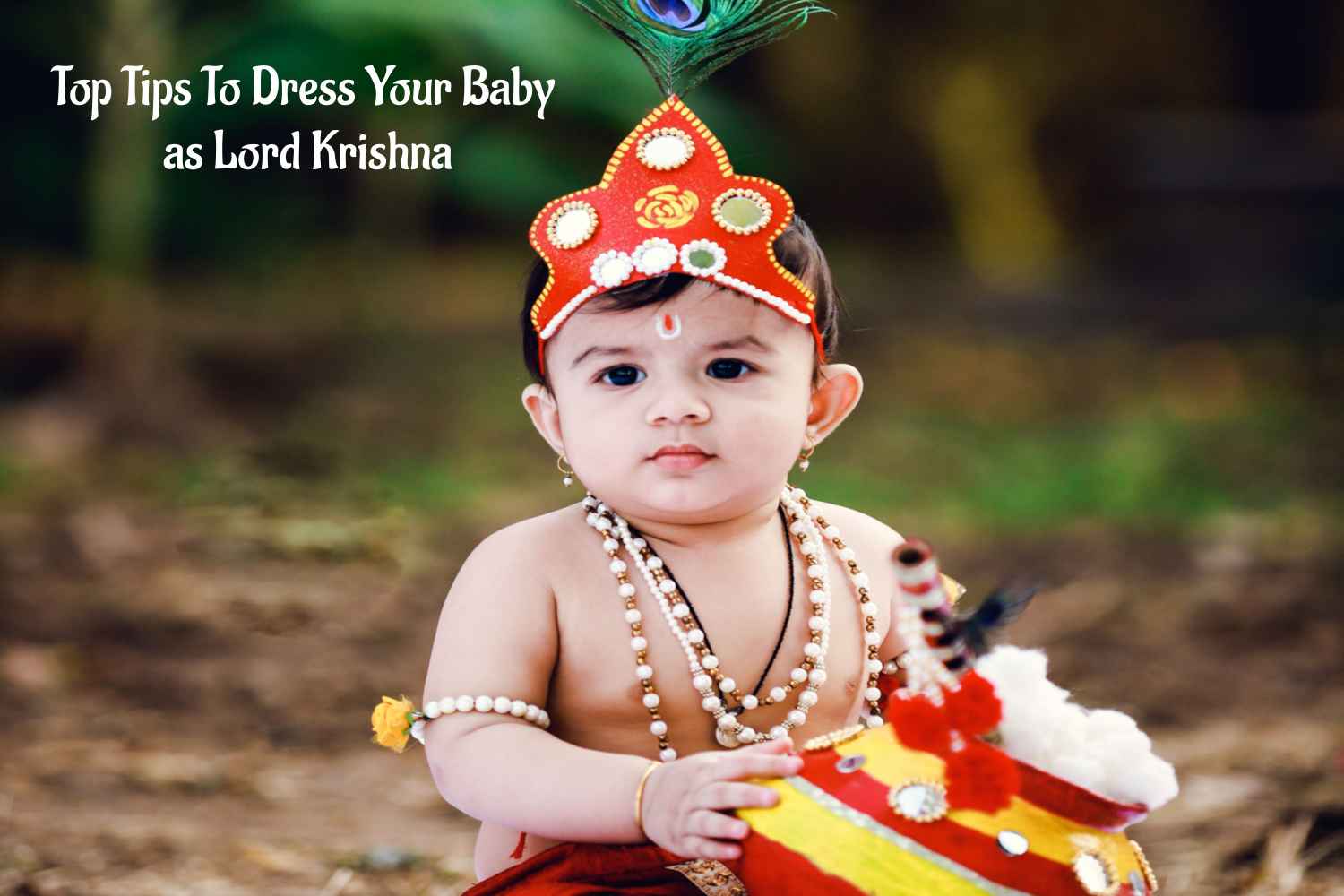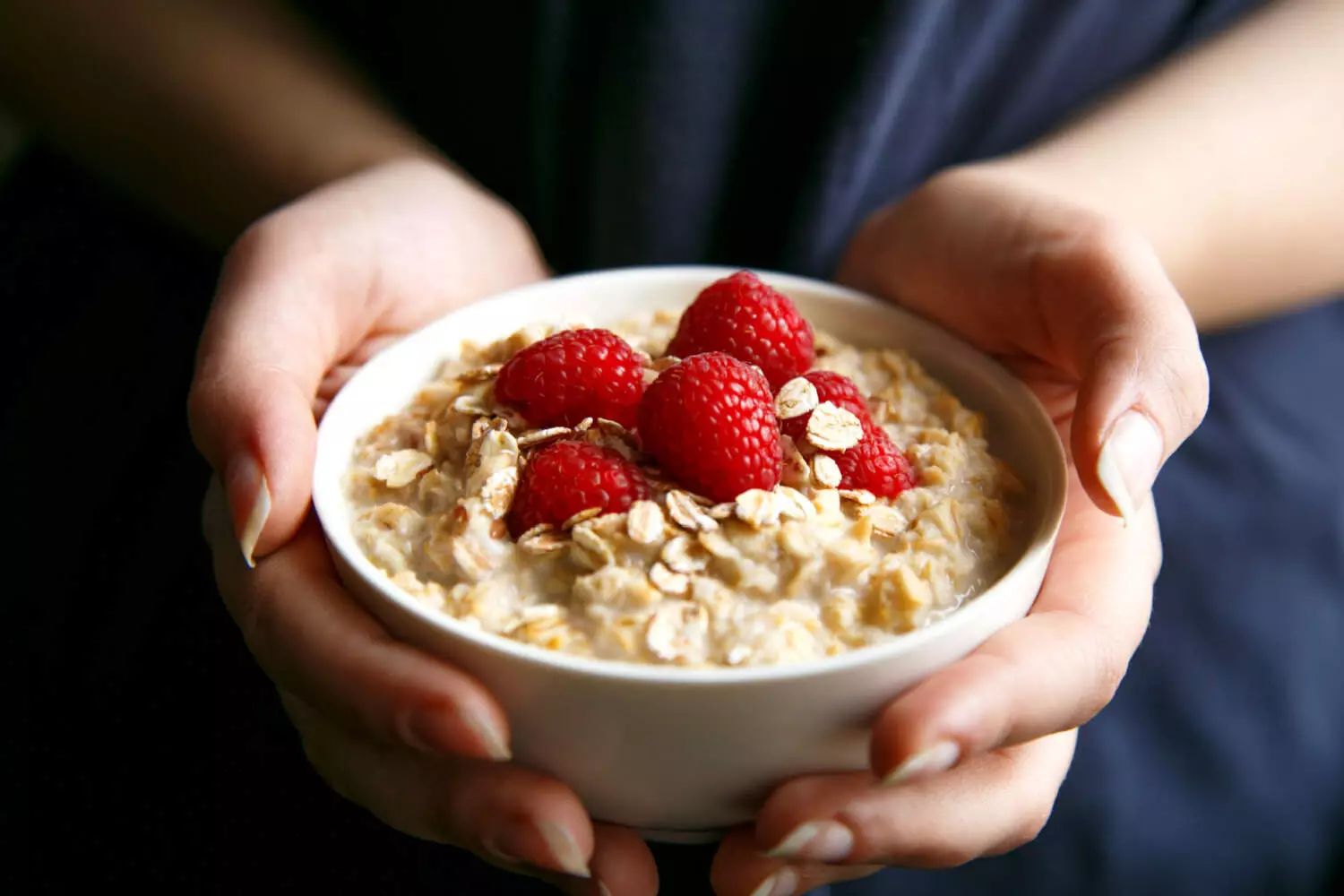
When Will My Baby’s Umbilical Stump Fall Off?
8 min readWritten by Dr. Siri Chandana


The umbilical stump, a remnant of the cord connecting a newborn to the placenta, naturally dries and shrinks in the first few weeks after birth before detaching on its own. This vital structure, initially responsible for nutrient and waste exchange between the baby and the mother, is clamped and cut shortly after delivery, leaving a soft stump near the baby’s belly button.
To aid healing and prompt detachment of the umbilical stump, practice careful hygiene: clean gently during diaper changes, let it air dry, and avoid water submersion. This prevents infection and supports healthy healing. Stumps usually fall off within two weeks, but variations exist; consult healthcare professionals for concerns about appearance or the baby’s health.
In This Article
- What is An Umbilical Cord Stump?
- When Will The Umbilical Cord Stump Fall Off?
- How To Clean The Umbilical Cord Stump?
- How To Take Care Of The Umbilical Cord Stump?
- Is It Safe to Massage The Umbilical Cord Stump?
- How To Take Care Of The Belly Button After The Umbilical Cord Stump Falls Off?
- How Long Does It Take For A Newborn Belly Button To Heal?
- What Are The Signs Of Umbilical Stump Infection?
- What Are The Signs Of Newborn Belly Button Infection?
- What Is Umbilical Granuloma?
- Traditions Attached to Umbilical Cord Stump From Around The World
- FAQs
What is An Umbilical Cord Stump?
The umbilical cord stump is a small, residual portion of the umbilical cord that remains attached to a newborn’s belly button after the cord is cut at birth. It is a vital structure during pregnancy, connecting the developing fetus to the placenta. It serves as a lifeline, delivering oxygen and nutrients from the mother to the baby and transporting waste products away.
The function of the umbilical cord stump is tied to its origin. Throughout pregnancy, the umbilical cord plays a crucial role in facilitating the exchange of substances between the baby and the mother. However, once the baby is born, the cord is no longer needed. The healthcare provider clamps and cuts the cord, leaving behind a small stump attached to the baby’s abdomen. This stump is composed of tissue that will eventually dry up and fall off, marking the completion of the natural separation between the baby and the placenta. [1] [2]
When Will The Umbilical Cord Stump Fall Off?
The umbilical stump falls off between 5 and 15 days after your baby is born. You can care for it by cleaning it gently with water and gauze during diaper changes. You should stick to sponge baths and avoid tub baths until the stump falls off. [1]
How To Clean The Umbilical Cord Stump?

Cleaning the umbilical cord stump is a straightforward process crucial for preventing infection. Follow this step-by-step guide to ensure proper care and hygiene for your baby’s healing stump.
1. Wash Your Hands
Start by washing your hands thoroughly with soap and water. This helps prevent any germs from getting near the umbilical cord.
2. Gently Clean
Keep the umbilical stump clean using gauze and water only.Opt for sponge baths for the rest of your baby until the stump falls off.
3. Avoid Tub Time
Avoid putting your baby in a tub of water until the umbilical stump has naturally fallen off.
4. Be Patient
Allow the stump to fall off on its own; avoid the temptation to pull it, even if it’s hanging by a thread.
5. Stay Vigilant
Keep an eye on the stump for any signs of infection, though it’s rare. Infections, if they occur, can spread quickly.
By following these simple steps, you’re ensuring a safe and natural healing process for your baby’s umbilical cord stump. If any concerns arise, consult with your healthcare provider. [3] [1]
How To Take Care Of The Umbilical Cord Stump?
Taking care of the umbilical cord stump is a simple yet crucial aspect of newborn care. Consistent and gentle attention ensures a healthy healing process.
a. Only Sponge Baths
Hold off on tub baths until the cord falls off. If a bath is necessary, make sure to fan the area dry instead of rubbing.
b. Let it Breathe
Allow the umbilical cord stump to air out, aiding in faster drying.
c. Diaper Hacks
Opt for diapers with a cutout or fold them to prevent irritation around the cord.
d. Light Dressing
In warm weather, keep it simple – dress your baby in just a t-shirt and diaper for a comfy, dry experience.
e. Let It Heal Naturally
Don’t be tempted to pull or pick at the cord, even if it looks ready to come off. Allow the cord to fall off on its own; don’t rush the process. [3] [1]
By following these simple steps, you contribute to a smooth healing process for your baby’s umbilical cord stump.
Is it Safe to Massage The Umbilical Cord Stump?
It is generally not recommended to massage the umbilical cord stump. The umbilical cord stump is a delicate area that needs time to naturally dry and fall off on its own. Massaging or manipulating the stump may cause irritation, disrupt the natural healing process, and increase the risk of infection. [3]
The primary care for the umbilical cord stump involves keeping it clean and dry. Gently wiping the base of the cord with a soft cloth or sterile gauze and water during diaper changes is usually sufficient. Unless specifically advised to do so by your healthcare provider, avoid using rubbing alcohol or other substances.
How To Take Care Of The Belly Button After The Umbilical Cord Stump Falls Off?

Once the umbilical cord stump falls off, you’ll want to continue caring for your baby’s belly button until it fully heals. Here’s a guide: [3] [1]
1. Gentle Cleaning
Clean the belly button area with mild soap and water during your baby’s regular baths. Ensure gentle patting to avoid irritation.
2. Air Circulation
Dress your baby in loose-fitting clothing to allow air circulation around the belly button, promoting faster healing.
3. Watch for Redness or Discharge
Keep an eye on your baby’s belly button for redness, swelling, or discharge.
4. Avoid Harsh Products
Steer clear of harsh lotions or powders until the area is fully healed. Stick to gentle, baby-safe products.
5. No Forceful Cleaning
Refrain from forcefully cleaning or picking at the belly button. Let it heal naturally.
6. Comfortable Diapering
Ensure that diapers are not rubbing against the healing area. Consider using diapers with a cutout if available.
7. Consult With Healthcare Provider:
If you have any concerns or questions about the healing process, consult with your pediatrician for personalized guidance.
Taking care of the belly button post-umbilical cord stump is about maintaining cleanliness, promoting airflow, and being attentive to any signs of infection.
How Long Does It Take For A Newborn Belly Button To Heal?
It’s completely normal for your baby’s belly button area to look a bit messy or have a red spot after the umbilical cord falls off. Sometimes, there might be a mild smell or a clear, sticky brownish substance – this is just part of the healing process and won’t bother your baby.
To clean up any oozing, use a wet cotton bud with warm water and gently dab the area, making sure not to make it bleed. Remember to use a new cotton bud each time and then toss it away.
Usually, it takes about 7 days for the belly button to heal completely. If you notice anything unusual or have concerns, don’t hesitate to check with your healthcare provider for guidance. [4]
What Are The Signs Of Umbilical Stump Infection?
While infections of the umbilical stump are relatively uncommon, it’s essential to be aware of potential signs that may indicate a problem. [1]
- Redness: If the skin around the base of the stump becomes increasingly red.
- Swelling: Unusual swelling or puffiness around the stump area.
- Foul Odor: A bad or foul smell emanating from the stump may indicate infection.
- Discharge: Any discharge from the stump, especially if it’s yellow, green, or has pus.
- Bleeding: Persistent bleeding or oozing that doesn’t seem to improve.
- Fever: If your baby develops a fever, it could be a sign of infection.
- Irritability: Increased fussiness or irritability in your baby.
Remember that some mild redness and ooze can be normal in the first few days, but if these symptoms worsen or if you observe multiple signs of infection, seek medical advice promptly.
What Are The Signs Of Newborn Belly Button Infection?
Your baby’s belly button is a tiny area that needs a bit of attention, and it’s normal for it to have a little yellow goo or redness as it heals.Keep a close eye if your baby seems a bit off during feedings, feels warmer than usual, or looks extra tired. These could be signs that something might need a closer look. [3] [1]
If the belly button keeps bleeding after it falls off, it’s time to pick up the phone and call your baby’s doctor right away.
What Is Umbilical Granuloma?
An umbilical granuloma is an overgrowth of scar tissue that can occur during the healing process of the belly button (umbilicus), typically in the first few weeks of a baby’s life. It manifests as a soft pink or red lump around the navel area and may be moist, sometimes leaking small amounts of clear or yellow fluid. Umbilical granulomas are generally harmless, but if you observe any unusual growth or discharge around your baby’s belly button, it’s crucial to seek advice from a healthcare professional for proper evaluation and care. [5]
Traditions Attached to Umbilical Cord Stump From Around The World

Umbilical cord stump traditions vary widely across cultures, adding unique and symbolic elements to the arrival of a newborn. Here are a few traditions from around the world: [6] [7] [8]
1. Cultural Keepsakes
In some cultures, families keep the dried umbilical cord stump as a symbolic keepsake. It may be placed in an amulet, a special box, or buried in a significant location.
2. Planting For Growth
In certain cultures, the umbilical cord stump is buried along with a tree or a plant. This ritual symbolizes the connection between the child and nature, with the growth of the plant reflecting the child’s future.
3. Traditional Medicine
In many parts of India, it is a tradition to dry and store the umbilical cord stump for its believed medicinal properties. The dried stump is sometimes used in traditional medicine to treat illnesses or address issues like infertility, reflecting cultural beliefs surrounding the newborn’s connection to health and heritage.
4. Cultural Practices
Umbilical cord care is intricately connected to cultural practices, including rites of passage and fertility rituals. Various substances, ranging from salty water and soot to herbs and petroleum jelly, are commonly used for cord application, with preferences differing across regions and cultural groups.
In conclusion, the anticipated moment when your baby’s umbilical stump bids farewell is a natural and unique process, typically occurring between 5 to 15 days after birth. As new parents, it’s essential to approach this transition with a gentle touch, opting for simple water and gauze for cleaning during diaper changes. Embracing sponge baths until the stump gracefully makes its exit ensures a smooth journey toward healing.
FAQs
1. How Should Parents Take Care Of The Umbilical Cord Stump?
To care for the umbilical cord stump, gently clean it with water and a soft cloth during diaper changes, pat it dry, and let it air out by dressing your baby in loose-fitting clothes. Avoid picking or pulling at the stump, and if you notice any signs of infection, consult with your healthcare provider.
2. How Long Until Umbilical Cord Stump Falls Off ?
The umbilical cord stump typically falls off on its own within 5 to 15 days after birth. It’s essential to keep the stump clean and dry during this time and avoid trying to pull it off prematurely, allowing it to detach naturally.
3. Which Ointment Is Best For An Umbilical Cord Stump?
It’s unnecessary to use sprays or creams on the baby’s cord; keeping it clean and dry is enough. The cord stump naturally dries up, shrinks, and falls off the baby’s belly button within five to 15 days after birth. [9]
Refference
- Umbilical cord care in newborns: MedlinePlus Medical Encyclopedia – [https://medlineplus.gov/ency/article/001926.htm]
- Umbilical cord separation time, predictors and healing complications in newborns with dry care – PMC – [https://www.ncbi.nlm.nih.gov/pmc/articles/PMC6953818/]
- Umbilical Cord Care – [https://americanpregnancy.org/healthy-pregnancy/first-year-of-life/umbilical-cord/]
- Caring for your baby’s umbilical cord stump and belly button – [https://www.childrens.health.qld.gov.au/health-a-to-z/caring-for-your-babys-umbilical-cord-stump-and-belly-button]
- Umbilical Granuloma in Babies – [https://www.ruh.nhs.uk/patients/patient_information/PAE020_Umbilical_Granuloma.pdf]
- Amulets and Cord Blood: Understanding Banking and Regenerative Medicine in Chennai, India – PMC – [https://www.ncbi.nlm.nih.gov/pmc/articles/PMC9928429/]
- “The cord is the child”: meanings and practices related to umbilical cord care in Central Uganda | BMC Pediatrics – [https://bmcpediatr.biomedcentral.com/articles/10.1186/s12887-020-2002]
- Burying the umbilicus: Traditional medicine on the West Coast of Mexico | Fourth World Journal – [https://search.informit.org/doi/10.3316/informit.450909088083047]
- Topical umbilical cord care at birth – [https://www.ncbi.nlm.nih.gov/pmc/articles/PMC6457922/]

Dr. Siri Chandana,MBBS from Chalmeda Anand Rao institute of medical sciences, Telangana.
Meet Dr. Siri Chandana, a skilled healthcare professional with an MBBS, Diploma in Diabetology and an MBA degree. She not only excels as a compassionate doctor but also serves as a Program Manager specializing in high-risk pregnancies. Dr. Siri Chandana showcases a versatile skill set as a content writer. Her profile stands as a testament to the fusion of diverse talents, all aimed at creating a holistic approach to healthcare and illuminating the human aspects of the medical journey. When Not Writing Outside of her writing pursuits, Dr. Siri Chandana enjoys going for drives, playing outdoor sports, and hitting the gym to stay active and fit. A self-proclaimed foodie, she\'s always on the hunt for tasty eats!Read more.
Responses (0)
Want curated content sharply tailored for your exact stage of parenting?
Related articles

Itsy Bitsy Spider Rhyme For Babies

Tips for Dressing Your Baby as Lord Krishna

Postpartum Insomnia – Causes, Symptoms and Ways to Prevent

Liver Diseases in Babies – Causes, Symptoms and Treatment

Oatmeal For Breastfeeding Mothers – Does it Increase Breast Milk Supply?

Bilirubin Levels in Newborns – Identification, Monitoring and Treatment
Sponsored content
Discover great local businesses around you for your kids.
Get regular updates, great recommendations and other right stuff at the right time.





